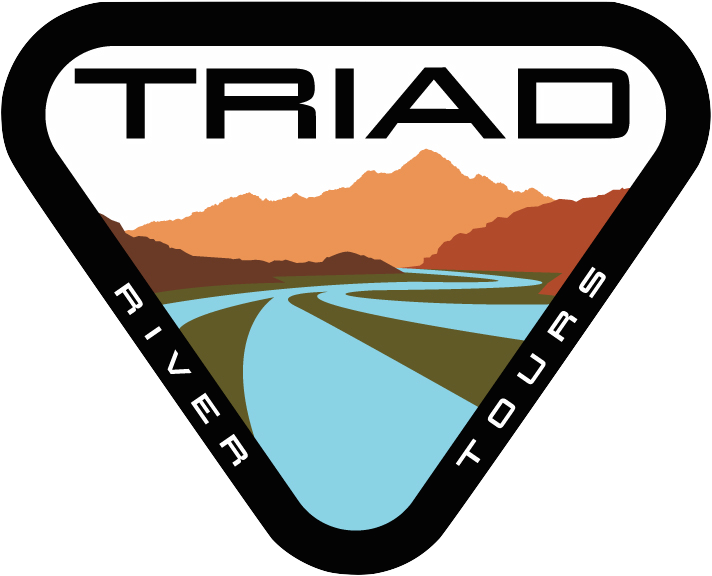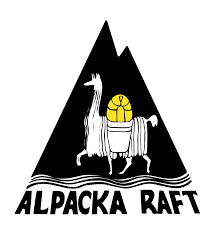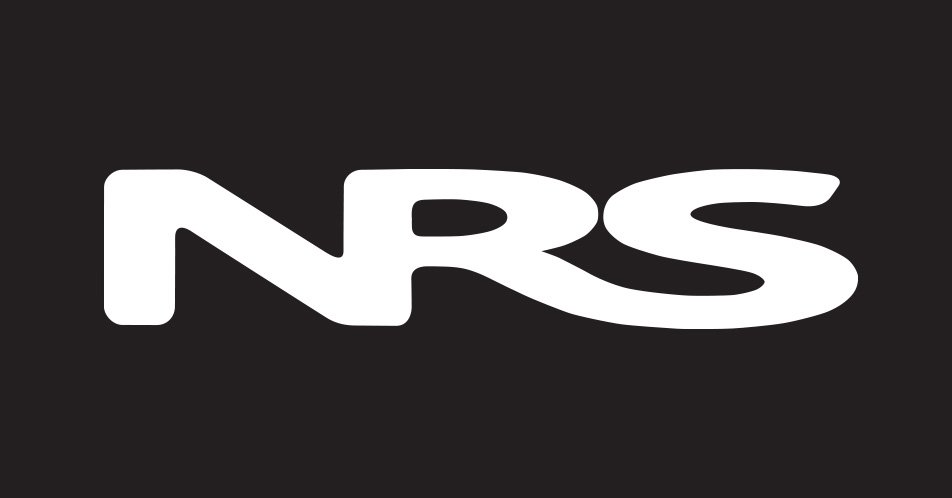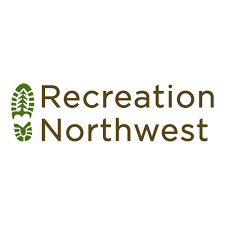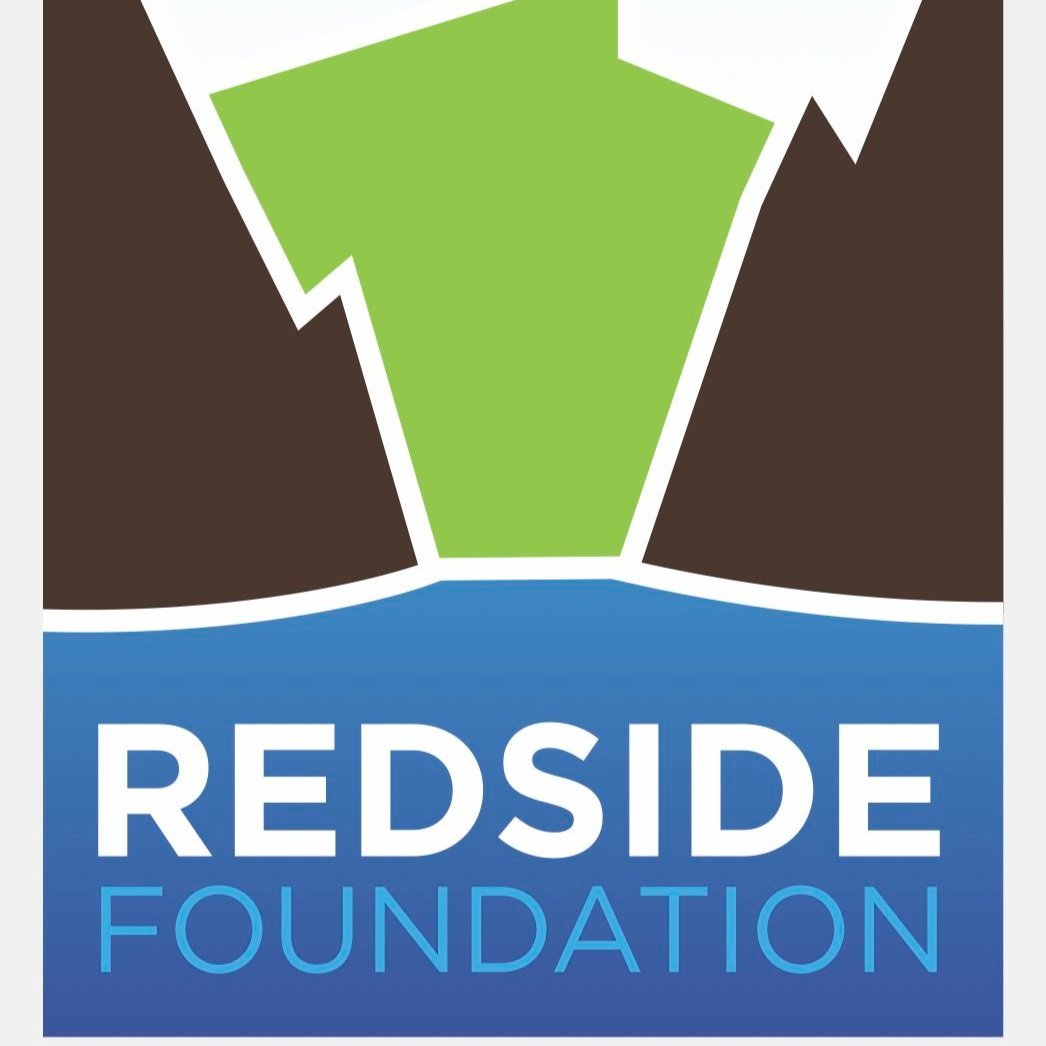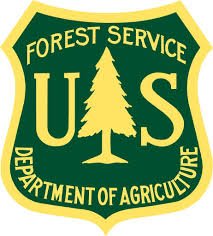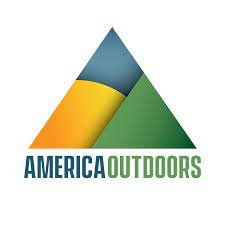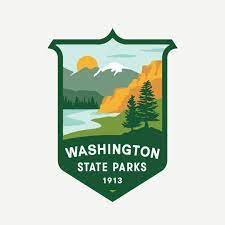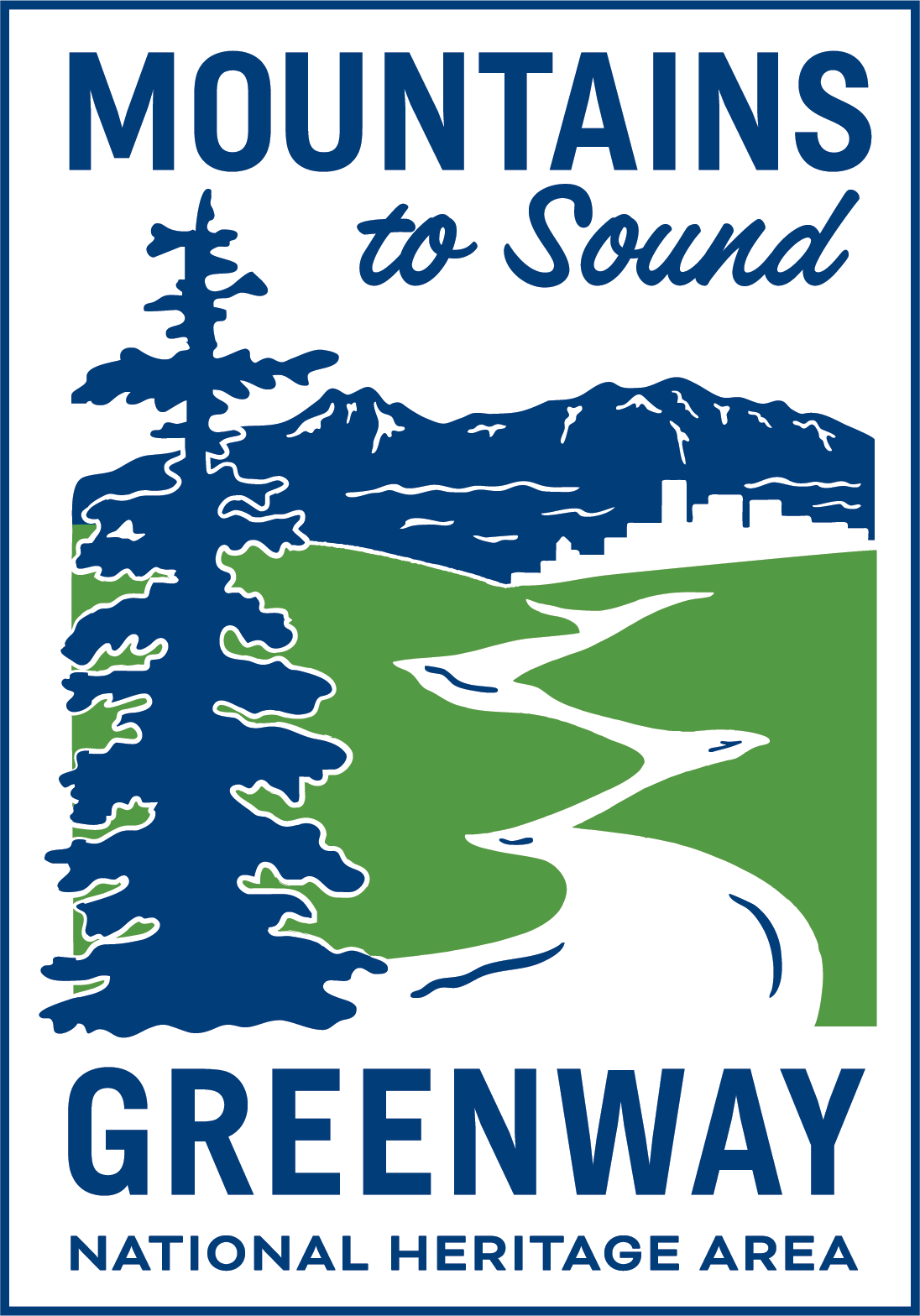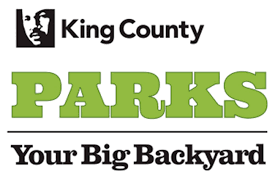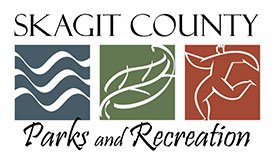Photo Credit: Derek Smith
The quintessential image of a professional guide is surprisingly constant across countries, age ranges and sections of the outdoor industry, a weathered icon of what it means to be an adventurer. Rugged, confident, a bit dirty, with their gear of choice posed in one callused hand—and, quite often, male.
Despite the swiftly growing number of women in adventure sports, most outdoor professionals are male. Women make up about a twelfth of the Park Service’s climbing ranger work force and about one sixth of the guides at a large international company. In contrast, participants in the American Bouldering Series have been at least 50% female since 2010. According to the National Park Service 12% of the climbers on Denali last year were women, and they had a 59% summit rate. Women in these sports, especially those just starting out, often hire guiding services; 58% of the customers in REI’s adventure travel program are female. So why, with so many female athletes in these sports, is the guiding industry still predominantly male?
With female participation in adventure sports on the rise and more guiding companies offering women-specific instruction, it will hopefully be only a matter of time before we see new demographics in the guiding industry
Lizzy VanPatten, a climbing guide at Smith Rock State Park, thinks some of the problem is self-perpetuating. “People don’t think they can do things until they see someone else who looks like them doing it,” she said in a July 2017 interview. She added that it was also much harder for women to find mentors in the guiding industry, since most experienced guides are older men. An older man with a young male climbing partner doesn’t raise any eyebrows; an older man with a young female climbing partner is not looked on so favorably. Women also have to work harder to earn respect as a climber, dealing with rude questions and assumptions that they won’t climb as hard as other athletes because of their gender.
In response to this issue, Lizzy and her fellow Smith Rock guide Carey Devictoria-Michel have started a company called She Moves Mountains, dedicated to bringing women together for learning and empowerment through women-only rock climbing clinics. Both the guides and the participants have found these clinics to be great places for learning and empowerment, connecting female climbers to mentors and climbing partners inside the sport. Many other companies in the industry run similar programs, with women-only mountain biking clinics, whitewater clinics, and ice climbing courses. Some of the participants in these courses will hopefully become the next generation—a larger generation—of female guides.
The root causes of this gender disparity may also stretch farther outside the industry, to society’s “cultural norms” for women. Women are often directed towards certain career paths and expected patterns of behavior—patterns which don’t include professional outdoor guiding. Women are often not expected to step into positions where they give orders or are solely responsible for the safety of their clients. Once again, seeing women—people who look like them—in such positions can encourage young female adventurers to pursue that path, or show them that it’s even possible.
With female participation in adventure sports on the rise and more and more guiding companies, like She Moves Mountains, offering women-specific instruction, it will hopefully be only a matter of time before we see some new demographics in the guiding industry too. Already many companies are putting extra effort into hiring female guides, who are often more patient and cautious in their style. Many clients of the guiding industry—particularly the growing number of female clients and participants in youth camps—feel more comfortable with guides of different genders.
“In the end, it still comes down to individual teaching style,” Lizzy says. Different guides teach differently, regardless of gender, and generalizations on either side are often erroneous. Still, with the ratio of female to male participants in adventure sports growing closer and closer to even, it would be nice if the guiding industry could follow suit.
When future generations visualize their quintessential professional guide, the guide will no doubt still be confident, rugged, and an infrequent shower patron—but with a bit of work they could also be just as likely to be female as male.
Sources: Outside Magazine, “Women are a Huge Economic Force in the Outdoor Industry”; Gear Junkie, “Women Are on the Rise in the Climbing World”; Denali National Park, “2016 Annual Mountaineering Summary”; She Moves Mountains; American Alpine Institute
Read more:
